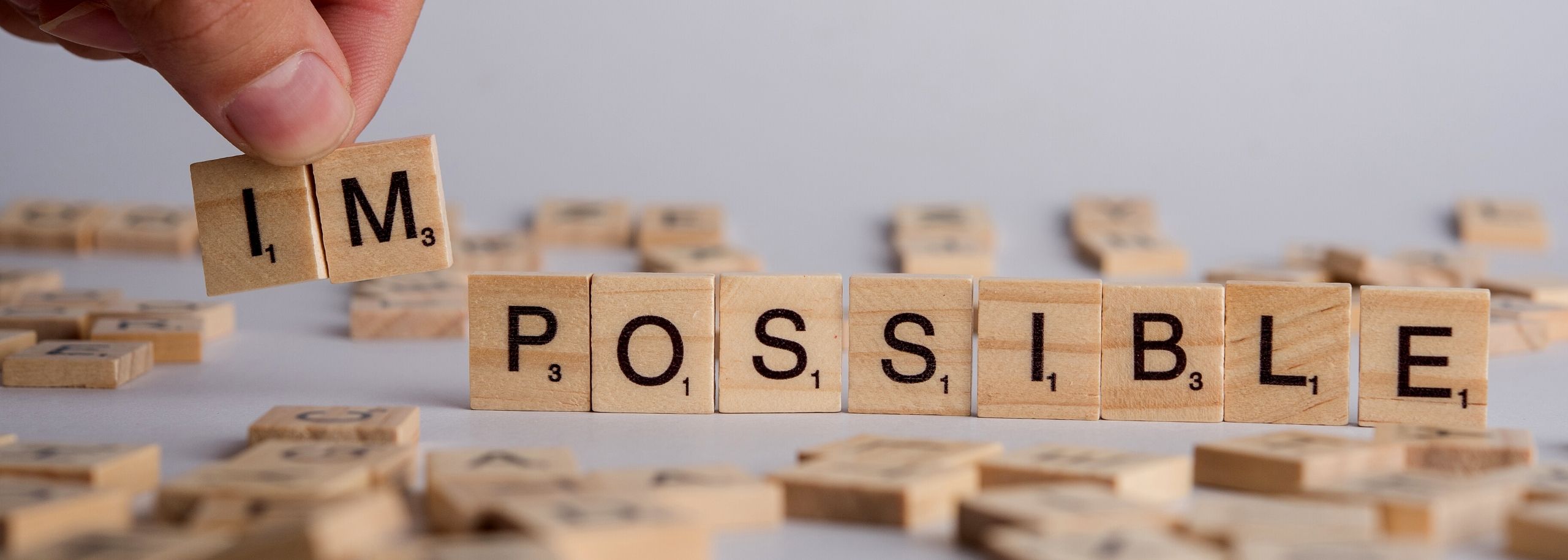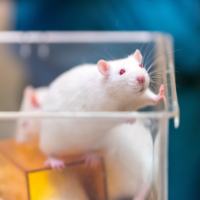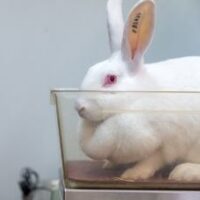Blog written by Janneke van den Besten – van Ravenswaaij
On the 13th and 14th of October I participated in the fifth edition of the TPI Helpathon, together with our director Debby Weijers. Debby has a lot of experience with organizing and attending helpathons, but I had never attended a helpathon and was very curious to know what it’s about. In this blog you can read what it was like and whether we were able to help researchers Diederik and Rick find animal-free solutions for their research projects.
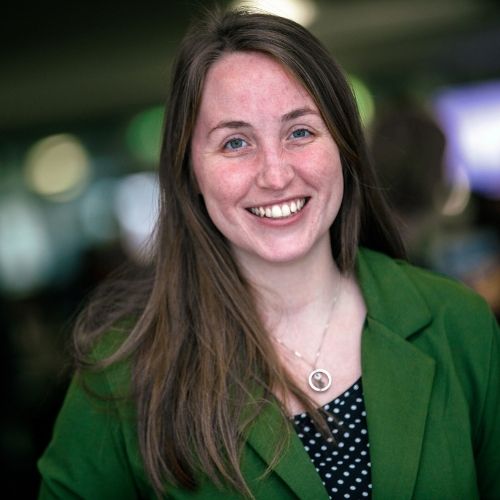
Scientific animal-free solutions
When I heard about the helpathons, my first question was: what exactly is a helpathon? Debby explains: “This is the TPI Helpathon, which focuses on finding scientific solutions without the use of laboratory animals. The TPI Helpathon is one of the initiatives of the (government) program aimed at accelerating the Transition to Innovation without Laboratory Animals (TPI). Researchers that work on scientific research questions for which laboratory animals are generally used, take part in the helpathon in search of animal-free and human-oriented solutions to their question. Why use animals when we want to find a cure for humans?”
You don’t have to be an expert
A helpathon helps researchers to think outside the box. Through the helpathon the knowledge of, for example, patients, citizens, healthcare professionals, researchers, financiers and policymakers is bundled. “That’s absolutely right,” says Debby. “So you don’t necessarily have to be an expert on the subject that helpathon is about. A helpathon often lasts 24 hours, and you’re also working on the subject in the evening, so that as a group you completely immerse yourself in the subject, without distraction.”
Impossible? Or are we close to the solution?
The TPI Helpathon started on the 13th of October with an explanation by two researchers about their research question. Diederik Kuster is a scientist who studies a disease in which the heart muscle becomes abnormally thick (hypertrophic cardiomyopathy). Studying this disease doesn’t seem possible without animal testing. Or is this possible after all?
Rick Meijer is a scientist who studies whether an essential amino acid called leucine (found in nuts and dairy, for example), has a negative effect on the blood circulation in muscles of mice and humans and on the development of diabetes (due to reduced circulation, insulin cannot be absorbed very well). It also seems impossible to study this without animal testing. Or would the helpathon show that this is indeed possible?

And then all of a sudden we have more ideas than time
After the explanation of the researchers, the participants first introduced themselves. It was a beautiful diverse group of people with biological or medical backgrounds, but also with, for example, a communication background. As participants, we came up with agenda items for the helpathon together. We then split up into (digital) break-out rooms to discuss these points, and potential animal-free solutions already emerged from this. Options such as organoids, organs-on-chips, computer models and unique collaborations were discussed.
During the evening sessions we tapped into our creative side. We kept the ideas in mind that we discussed earlier, but imagined a world, say 30 years from now, in which basically anything is possible. This resulted in great ideas, such as a pick & mix organoid hotel in which researchers can choose and combine all the organoids they want to study. Or the idea of a digital twin as a hologram, which shows you how your body is doing, and whether you might have to order a new organ from ‘Amazorgan’.
A game of Scrabble
The next day we combined our potential solutions and creative future ideals to come up with concrete solutions for the studies of Diederik and Rick. And we had to present those solutions in a creative way! One group presented the use of an organ-on-a-chip solution through a game of Scrabble. Each subsequent word that was formed in the Scrabble game showed another step in this process. And the creators of the organoid pick&mix hotel elaborated on their idea. Through pictures they showed us all the floors of the hotel and what researchers can do in this hotel.
Good luck Rick and Diederik!
It was a very educational, energetic and interesting helpathon, which resulted in some very inspiring presentations with new ideas and concepts to help Rick and Diederik with their research!
The biggest lesson that I’ve learned for myself is that it’s important to look at science in a creative way. And that it is important to have dreams about the future of science, which may become reality sooner than we think.
Would you like to contribute to a helpathon yourself? Or do you have a research project that you want to tackle without animal testing, but it’s not really working out? You can find more information here!
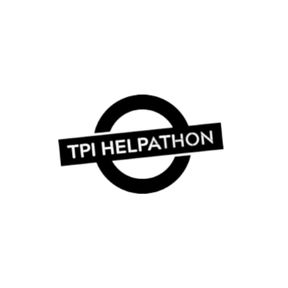
Misschien wil je dit ook lezen:

